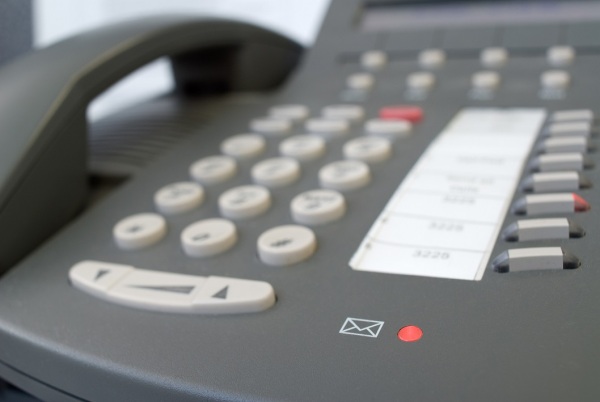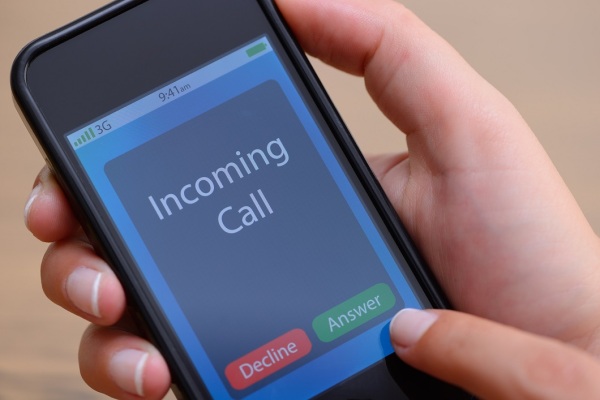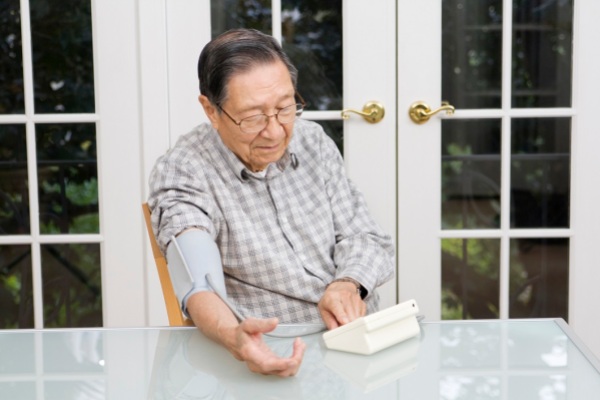One of my advisors has a great perspective on healthcare delivery from the large system perspective. He served as the chief of staff to our last CEO. Recently, he posed an incisive question to me. “Joe, when are we going to take all of these digital health concepts from the 30,000 foot level and get them into that 10 minute window that the doctor has with the patient?” It is not hyperbole to say that this put the last 20+ years of my career in a whole different perspective.

I remember in the early 1990s, when it seemed we were just getting used to a new tool called voicemail. Fax machines had become popular in the late 1980s, and we’d all had answering machines that tape recorded messages, but voicemail seemed like a brand new concept with the potential to be a very robust messaging channel. It seemed like we were just getting used to voicemail when we got another new channel for communication–email. All the talk in the executive suite was about how we were being inundated with multiple communications channels which, for a while, were overwhelming.

I can’t recall exactly when things changed, but I have to ask: when was the last time you got a meaningful fax? How about voicemail? My children chide me, saying nobody uses voicemail any more. With caller ID, you can quickly decide if you wish to return the call. Our communications channels have narrowed considerably in the past 20 years, to voice and asynchronous text-based messaging.

There is a parallel with the adoption of connected health into mainstream healthcare delivery. I visited my own primary care physician the other day and at the end of the appointment had one or two follow up items, so he suggested we do our follow up by evisit. The evisit is an asynchronous exchange of information for exactly this type of brief follow up encounter. It is probably more efficient for the doctor and since we’ve already developed an internal payment structure and integrated the workflow into our electronic record, it all goes pretty seamlessly. I would call this phase one of physician adoption of connected health. That is, we’ve taken a task that previously required an in-person interaction and transferred it online, making it a bit more efficient for all parties. Adding an evisit to follow our in-person appointment (which was more like 30 minutes, not 10) was natural and easy, because there was need for some sort of follow up anyway. A perfect example of moving from 30,000 feet to that doctor-patient window!

Phase two will be the integration of tools like remote monitoring of diabetes and blood pressure. This is more tricky. The front-end work of monitoring remotely-derived values is done by either a non-physician clinician or, in some cases, a software algorithm. The doctor gets involved only when there is a complex medical judgment required. When deployed at scale, this approach extends the doctor across many more patients due to the one-to-many nature of the intervention.
Taking the recent interaction with my PCP as an example, remote monitoring would be considered a whole new channel of work, which doesn’t easily fit in to his workflow like an evisit does. It is hard to estimate its value, hard to predict how much impact it will have and hard to envision how to integrate it into clinical practice.

Will we see a future where physicians spend hours on end reviewing dashboards of population-level data from myriad of home monitoring devices? If so, how will we reward them for time spent? How will they find the time to do this work? This is hard to imagine, given today’s crowded schedules and pressure to see more patients face-to-face. It seems to me, this is analogous to the transition we went through from voice+fax+email+voicemail to voice+email. There was no guide. It just naturally happened.
How can we smooth this transition?
One way will be to find ways to quantify the work involved in reviewing remote monitoring data sets and taking appropriate action based on high-level clinical judgment. There is progress on this front and I’m pleased to be co-chairing a panel at the American Medical Association (AMA) that will look carefully at a number of alternative reimbursement models, including remote monitoring. Of course this is only one component. Workflow and EMR integration are the others. A number of creative individuals both at our institution and across the country are working on these important factors.

Phase III is even farther out and includes things like the prescription of mobile apps. Another consortium that includes AMA, called Xcertia, will be attacking that one. I am watching closely as this develops and hope for a successful launch.
What are your thoughts on taking connected health from 30,000 feet of the theoretical and land it in that well-defined and coveted care delivery window to achieve provider adoption?
Wanna share this post
- Click to share on Twitter (Opens in new window)
- Click to share on Facebook (Opens in new window)
- Click to share on LinkedIn (Opens in new window)
- Click to share on Tumblr (Opens in new window)
- Click to share on Pocket (Opens in new window)
- Click to share on Reddit (Opens in new window)
- Click to share on Pinterest (Opens in new window)
- Click to share on WhatsApp (Opens in new window)
- Click to share on Telegram (Opens in new window)
- Click to share on Skype (Opens in new window)
